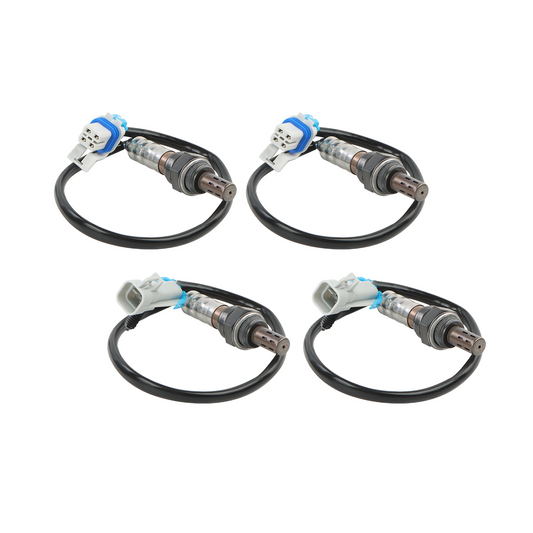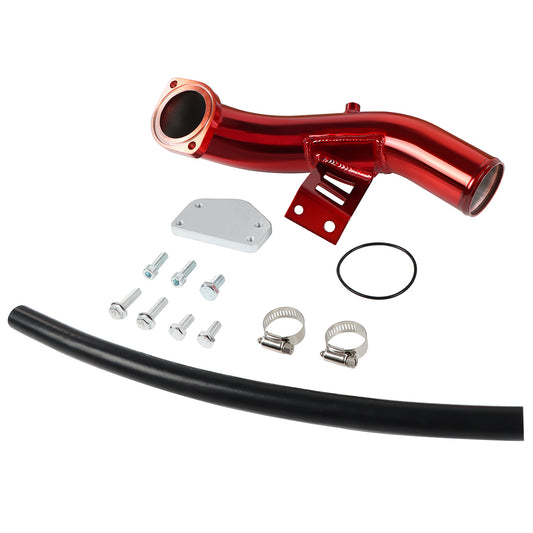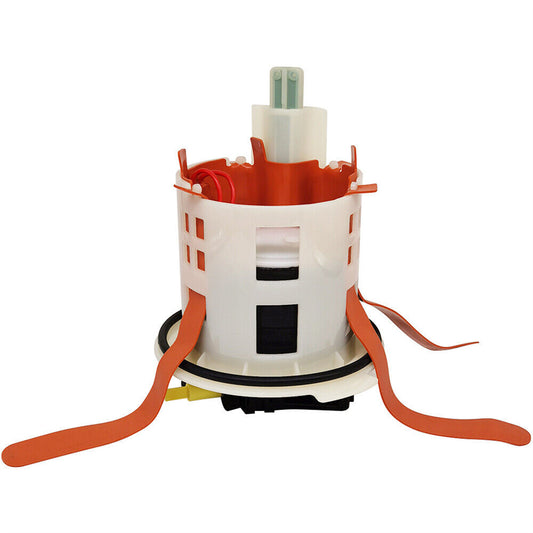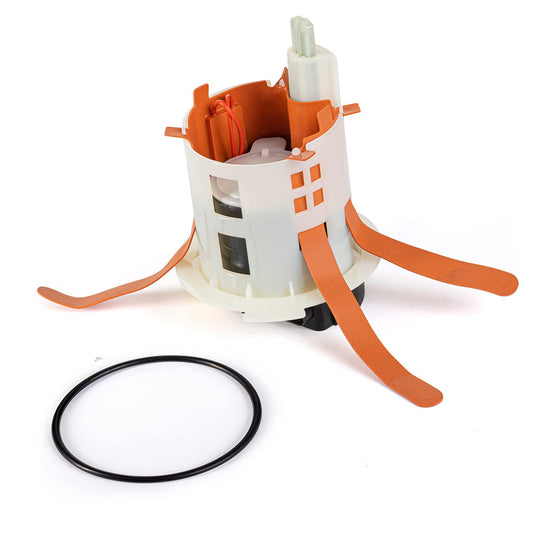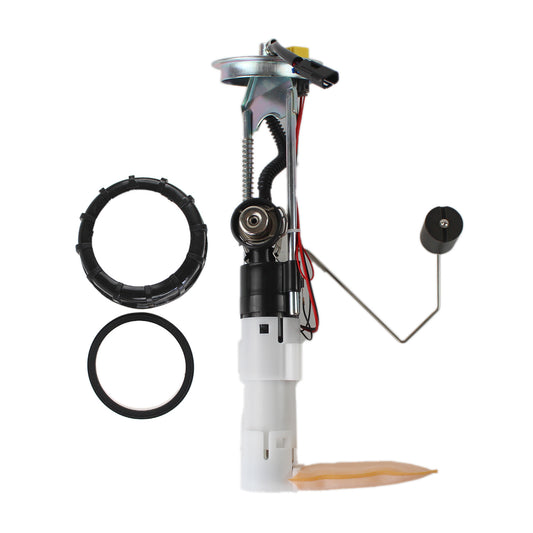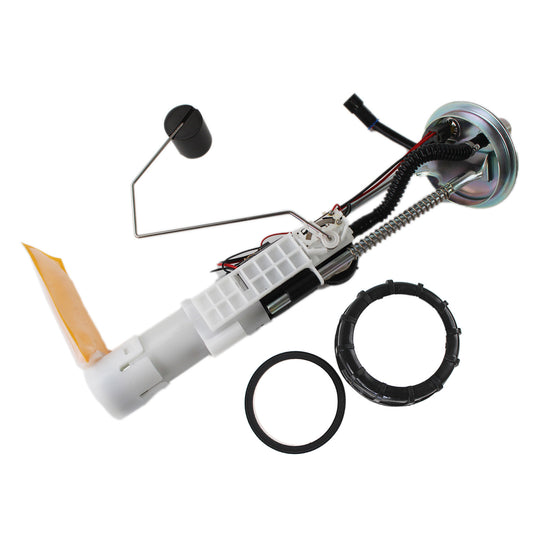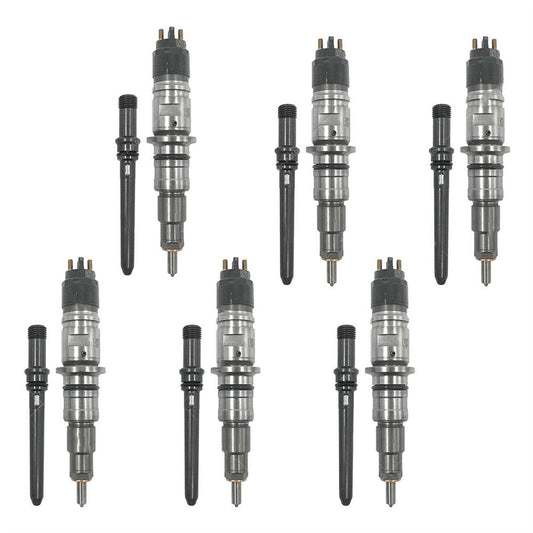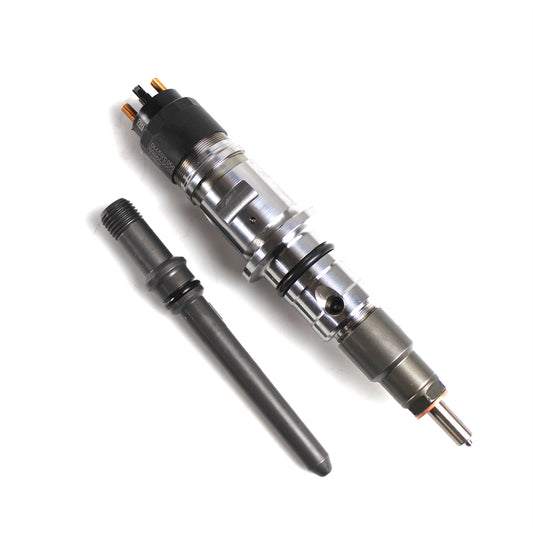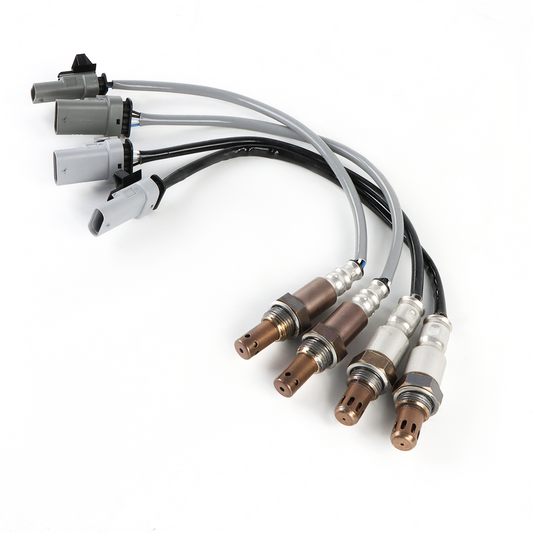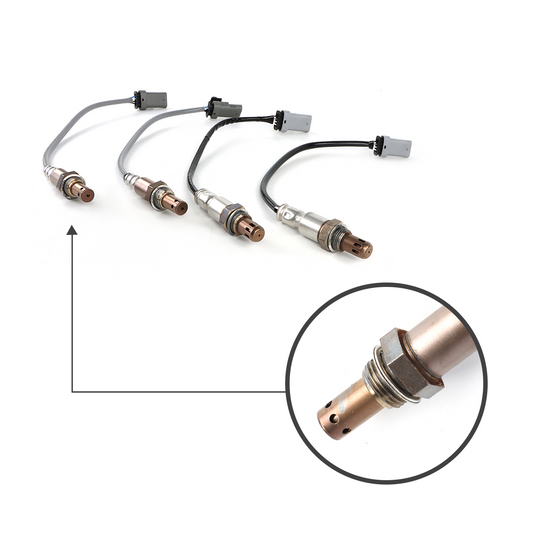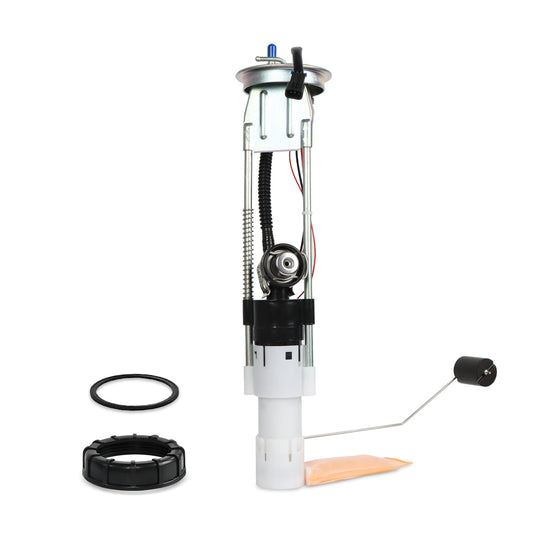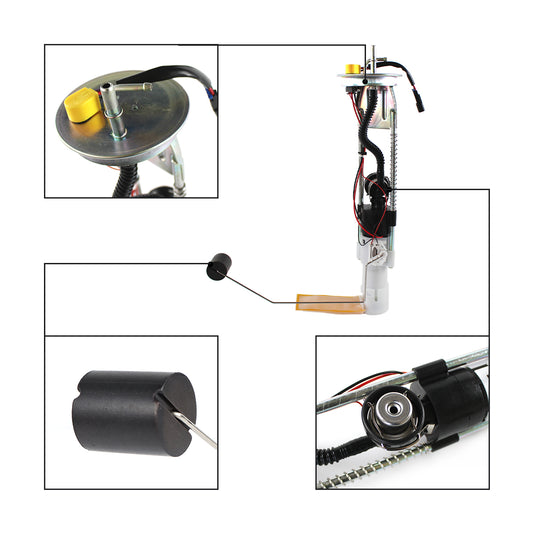What Does an O2 Sensor Do? Understanding its Crucial Role in Your Vehicle's Performance
The oxygen sensor, commonly known as the O2 sensor, plays a crucial role in your vehicle's exhaust system. It provides vital feedback to the engine control unit (ECU) regarding the air-fuel mixture, ensuring optimal performance and emissions control. In this comprehensive guide, we will dive into the function of an O2 sensor, how it works, and its significance in maintaining your vehicle's performance. By understanding the importance of the O2 sensor, you can recognize signs of a faulty sensor and take appropriate measures for repairs or replacements.
1, What Does an O2 Sensor Do?
The primary function of an O2 sensor is to measure the oxygen content in the exhaust gases produced by the combustion process. It detects whether the air-fuel mixture is too rich (excess fuel) or too lean (insufficient fuel) and provides this information to the ECU. Based on the O2 sensor's feedback, the ECU can adjust the fuel injection and ignition timing to ensure optimal combustion efficiency.
2, How Does an O2 Sensor Work?
An O2 sensor consists of a ceramic element coated with special materials that react to changes in oxygen levels. It operates based on the principle of oxygen concentration differences between the exhaust gas and ambient air. The sensor generates a voltage signal based on these variations and sends it to the ECU.
The ECU interprets the voltage signal from the O2 sensor to determine the air-fuel ratio. If the mixture is rich, indicating excess fuel, the ECU adjusts the fuel injection to decrease the amount of fuel supplied. Conversely, if the mixture is lean, indicating insufficient fuel, the ECU increases the fuel injection to achieve the optimum air-fuel ratio.
3, Significance of an O2 Sensor
The O2 sensor is vital for several reasons. It ensures that the engine operates at the ideal air-fuel ratio, maximizing fuel efficiency and power output. By continuously monitoring the exhaust gases, the O2 sensor helps maintain proper combustion, reducing harmful emissions such as carbon monoxide and nitrogen oxides.
A faulty O2 sensor can lead to decreased fuel economy, increased emissions, and potential engine performance issues. Therefore, it is essential to regularly inspect and replace a malfunctioning O2 sensor to ensure optimal vehicle performance and compliance with emission regulations.
The O2 sensor plays a crucial role in your vehicle's exhaust system, providing vital feedback to the ECU regarding the air-fuel mixture. Understanding its function and significance allows you to recognize signs of a faulty O2 sensor and take appropriate action. If you suspect a malfunctioning O2 sensor, consult a professional mechanic who can diagnose and replace the sensor if necessary. Maintaining a properly functioning O2 sensor is key to ensuring optimal performance, fuel efficiency, and reduced emissions in your vehicle.


